25 Fun Facts About Science & History
Introduction
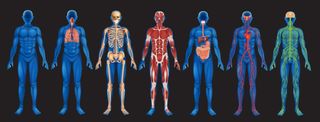
Why do female sharks have thick skins? How many bones are in your body? What color are the eyes of a scallop? What did people do before there was toilet paper?
Find out the answer to these questions and more in this offbeat list of fun facts in science and history.
Editor’s Note: This list was originally published in 2013. It was updated with new information in March, 2016.
Female sharks have thicker skins than males
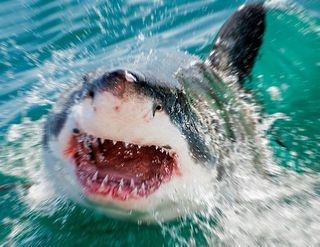
Female sharks have thicker skins than males. Scientists think it's because males have this odd tendency to bite females while mating. Despite this, sharks sometimes still gather in large quantities. In February 2016, researchers reported that more than 10,000 blacktip sharks were lurking together off the Florida coast. Understandably, though, pregnant female sharks seem to avoid males on migration routes. Who wouldn't?
The ocean is 8 Empire State Buildings deep

The ocean is 12,080.7 feet (3,682.2 meters) deep on average. That's about eight Empire State Buildings, stacked one on top of the other. The deepest part of the ocean, however, is about 36,200 feet down (11,030 m). That's more like 25 Empire State Buildings.
Your hand has a built in snuff box

Look at the back of your hand and extend your thumb. See those two little tendons pop out and form a triangle between your wrist and your first thumb joint? Scientists call that triangle the "anatomical snuff box," because people used to have the habit of sniffing powdered tobacco from this fleshy depression.
Pompeii's plumbing was ahead of its time
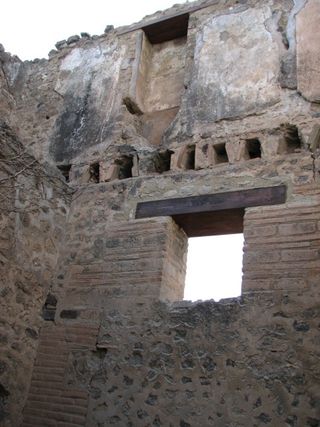
Speaking of necessities, residents of ancient Pompeii could go upstairs to pee. Though the eruption of Mount Vesuvius in A.D. 79 destroyed many second stories, pipes left behind reveal traces of fecal matter, and the occasional upstairs toilet still remains in the ruins.
We're made up of 206 bones

The adult human skeleton has 206 bones. The smallest is the stapes or stirrup, the innermost of three bones in the middle ear; the femur (thighbone) is the longest and strongest, and the tibia in the lower leg is the second largest in the human skeleton. What you may not know is that babies are born with about 270 bones. Some fuse together as their bodies grow.
These roaches hiss to woo mates
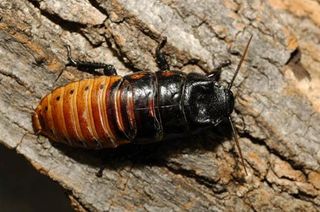
How did the Madagascar hissing cockroach got its name? Well, it hisses, of course. But how it hisses is a little weird. The giant insect forces gas through tiny breathing pores called spiracles on its thorax and abdomen. The cockroaches hiss when surprised, when challenging other cockroaches to a fight and when trying to attract mates.
You'd weigh way less on the moon

Gravity on the moon is a sixth of what it is on Earth. Someone who weighs 150 pounds (68 kg) on this planet moves the scales at only 25 pounds (11 kg) on the moon. Its gravity is so much lower because the moon is just 1 percent the mass of Earth. Your weight on the various planets would vary greatly. If you could stand on Jupiter, you'd weigh more than twice as much.
Bathroom etiquette is ancient

Toilet paper is a relatively recent invention, but the ancients still had to wipe. Roman philosopher Seneca, who lived from 4 B.C. to A.D. 65, recorded the use of a sponge attached to a stick that did the job. Between uses, the tool (called a tersorium) sat in a bucket of salt water or vinegar water.
Camels don't actually store water in their humps
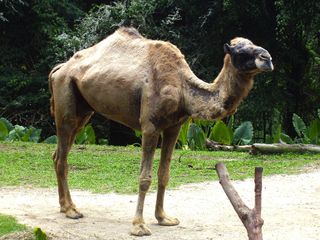
Camels can down 30 gallons (113 liters) of water in just 13 minutes. The water is stored in the camel's bloodstream, rather than being stored in its fatty hump, which serves as a source of nourishment when food is scarce.
Salamanders can extend their tongues a long way

The Central American salamander Bolitoglossa dofleini can extend its tongue more than half its body length in 7 milliseconds, 50 times faster than you can blink an eye.
Sign up for the Live Science daily newsletter now
Get the world’s most fascinating discoveries delivered straight to your inbox.

Stephanie Pappas is a contributing writer for Live Science, covering topics ranging from geoscience to archaeology to the human brain and behavior. She was previously a senior writer for Live Science but is now a freelancer based in Denver, Colorado, and regularly contributes to Scientific American and The Monitor, the monthly magazine of the American Psychological Association. Stephanie received a bachelor's degree in psychology from the University of South Carolina and a graduate certificate in science communication from the University of California, Santa Cruz.
